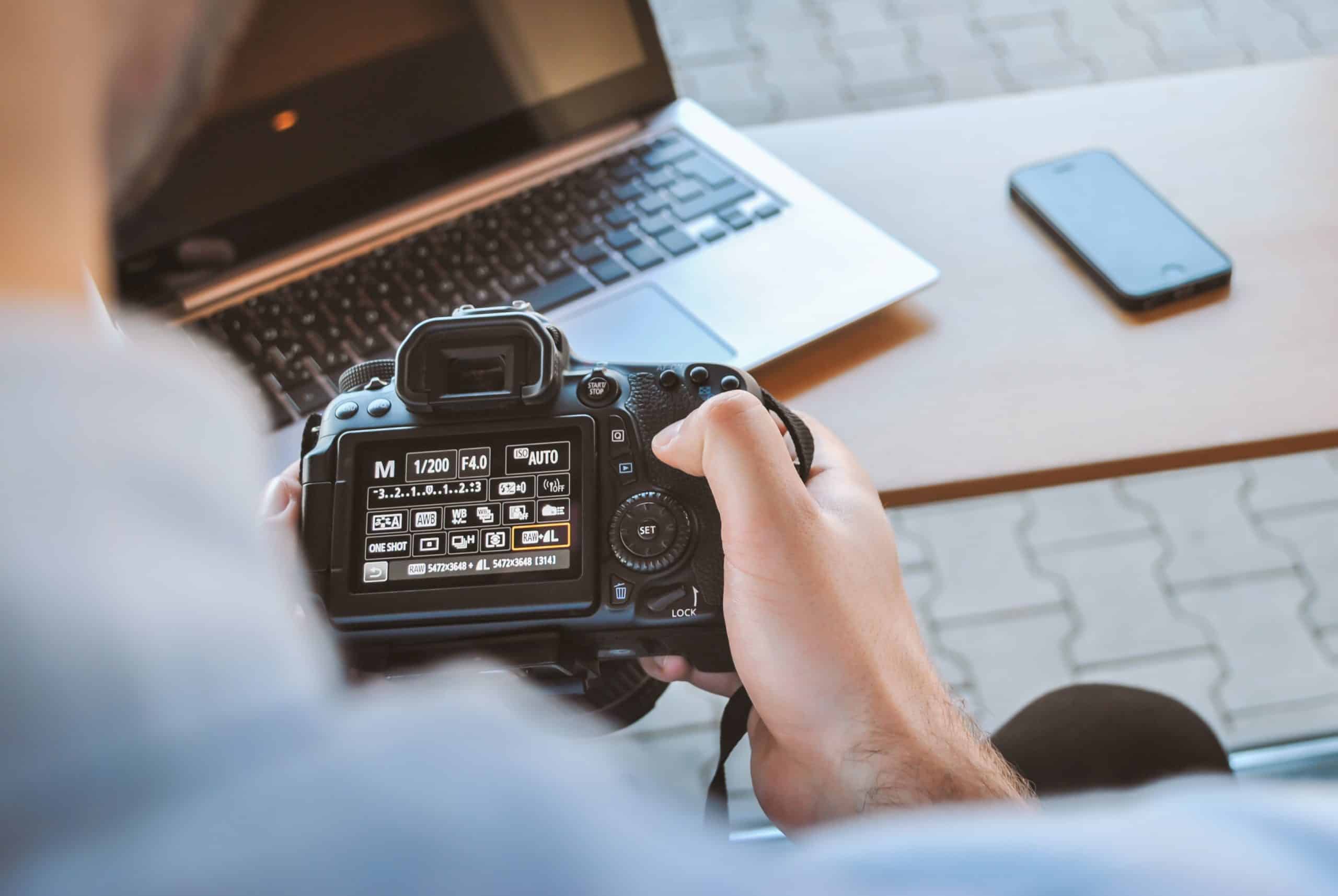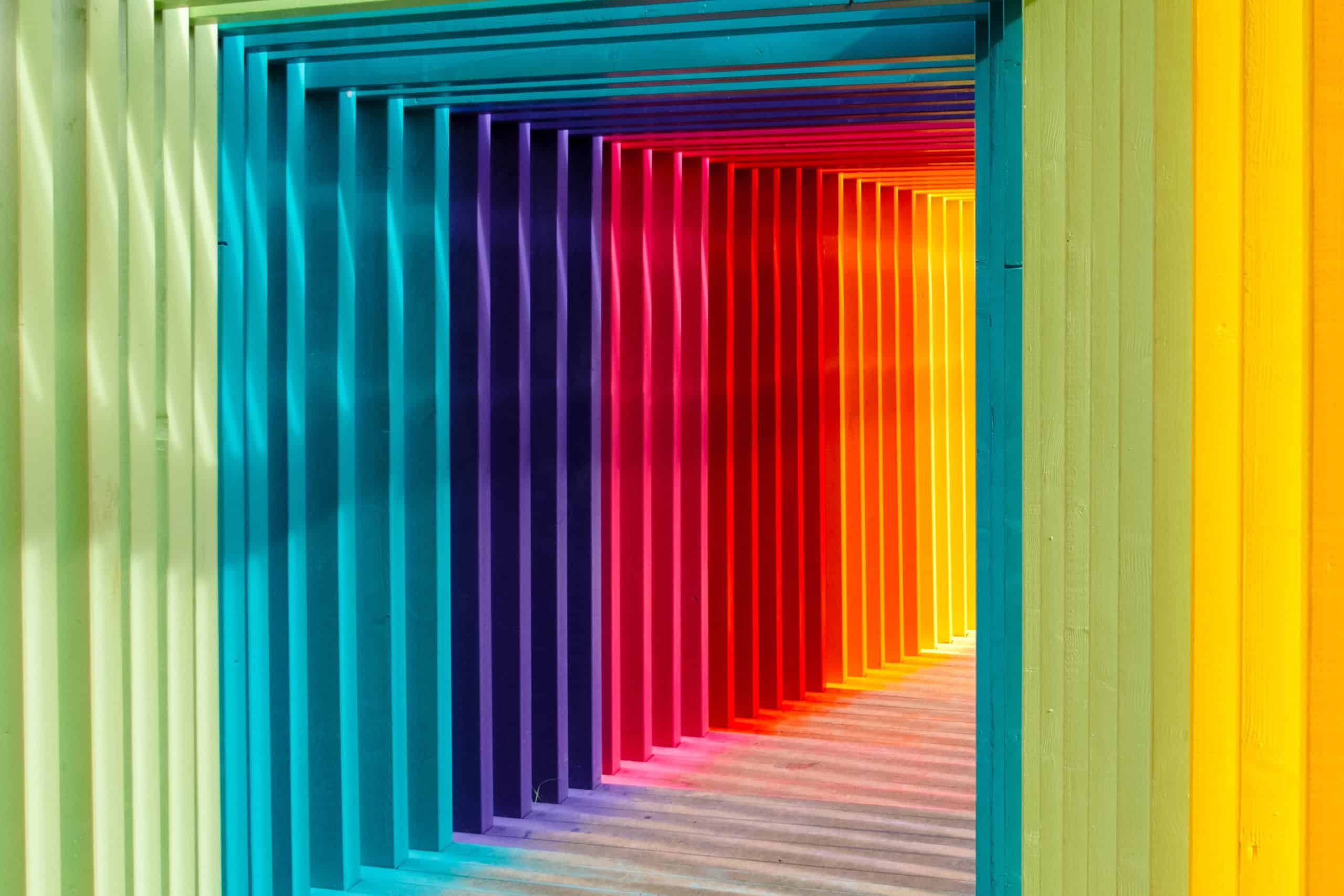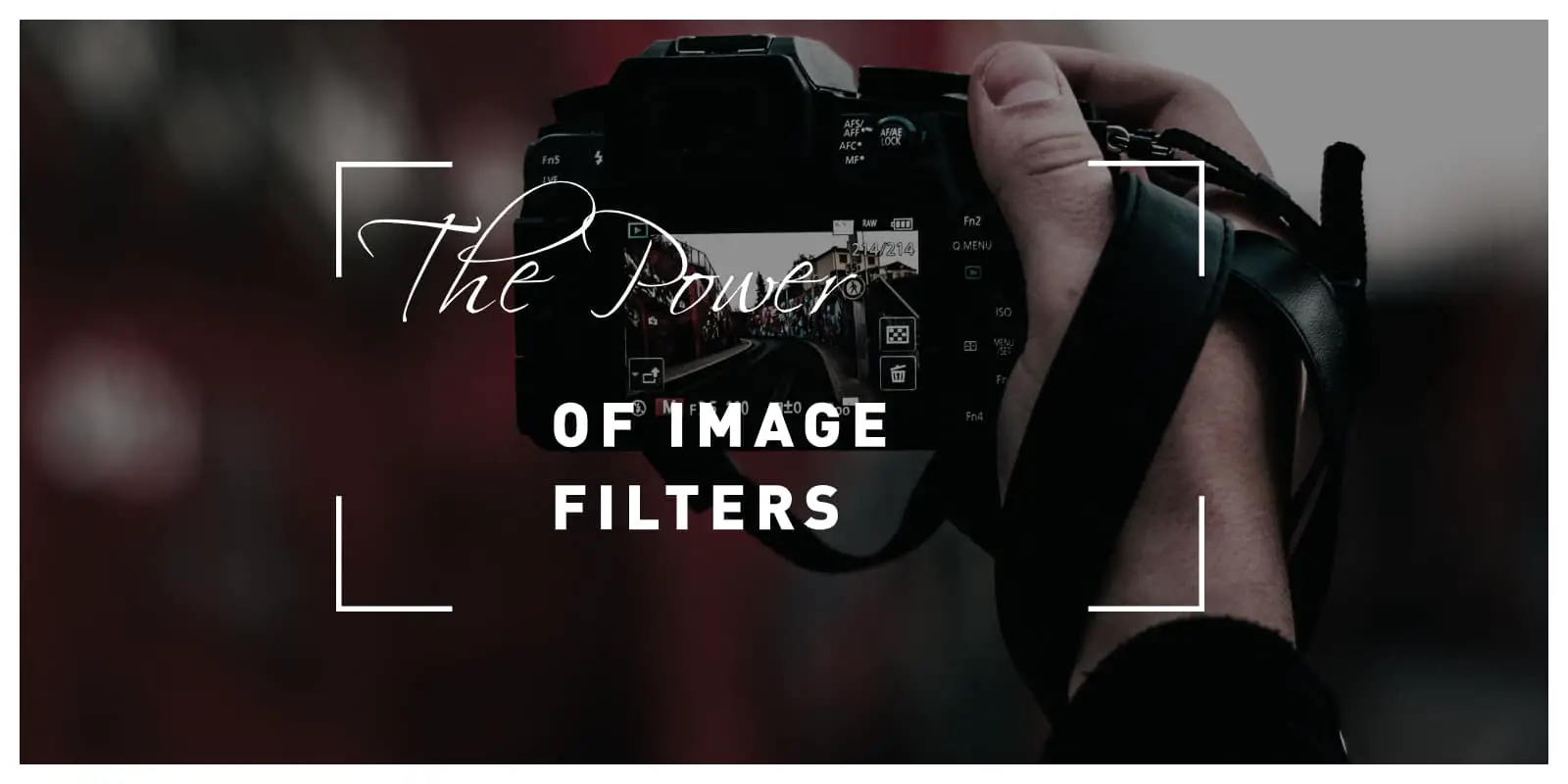Today, it is very difficult to come across a person who hasn’t used some kind of image filter, whether it be on Instagram, Snapchat, or some different app. Some filters like the Snapchat ones are for fun, adding a comedic element to your picture, while others are geared towards transforming and enhancing a picture and its beauty.
We will focus more on the second type in this article since the filter types most known from Snapchat have a whole different and complex way of operating.
Image filters can drastically change an image and its entire “mood.”
We can also extract important information like edges, corners, details, and more from the image.

To put it simply, filters can be viewed as a software technique that changes the shades and colors of the pixels, and with that of the whole image. While you can manually make the changes yourself, a filter is sort of a pre-made set of changes like changing the contrast, brightness, sharpness, structure, and tones, that work well on a large number of images.
Are filters that good?
As hard as it is to believe, there are some people who are strongly against using filters, because they view them as some kind of cheating or deceiving the viewers of the picture. Those people are obviously not that knowledgeable on filters and their usage. People often don’t appreciate photo editing until they learn how to do it themselves. When they finally do, it changes the way you take and look at photos when you know that you can take the image to another level by selectively editing almost any desired aspect of the image.
An image without filters can look decent, but they often look a little plain no matter how advanced the camera you are taking the image is. Also, almost every photo you take will have a dash of irregularity, some noise or small disturbance in the picture. Those can be easily masked or even completely removed using filters.

The ones who aren’t opposed to filters, those filters, and owning a phone with a decent quality camera have enabled them to explore the world of photography and their potential talent freely. At the end of the day, a huge part of our daily lives are very image-centric social media networks like Instagram and Pinterest, with millions of images uploaded every hour, and anyone wanting to make their photography skills stand out has to serve the audience with the high-quality and eye-catching images. Simply applying a filter to them, can greatly contribute to that.
How do filters work?
The filters we use on a day-to-day basis aren’t just one process, but levels of low-level processing like blurs, contrasts, color changes and etc. Depending on the filter, the number and complexity of the processes will vary.
To better understand filters, we first have to understand images. Every image consists of individual pixels with each pixel holding a specific value. Grayscale images are comprised of pixels containing values from 0 to 255, with 0 being black and 255 being white.
In color images, a pixel has three values instead of one. The colors in RGB images, for instance, are comprised out of red, green, and blue, so every pixel has those three color channels. Now, how do filters work on these images?

What filters do is change the range of an image in a way that the colors of the image are changed without changing the position of the pixels. Filters are categorized in different types depending on how they alter the image. Here are some filter categories and how they work.
Moving filters – They work by replacing one pixel’s value with the average value of the pixel and a neighboring window of pixels. Using them, a smoother image is achieved.
Image segmentation filters – This type of filter partitions an image into regions of pixels with similar attributes. They give a simplified version of an image and can be done in multiple ways.
Sharpening filters – To make an image sharper, it takes a few steps. First, a smoothened image is taken from the original image, so you are left with just the details of the image. Then those same details are added again to the original image, making it sharper.
Instagram Filters
A filter you would apply through Instagram, for example, could be a combination of the motioned filter categories or a few more, also including changes in temperature, tone, and etc.

Like I mentioned previously, filters are extremely popular, so much that most people wouldn’t even consider uploading an image without one. A huge contributor to the popularity of filter was Instagram even though filters were very much a thing even before the existence of Instagram. It has inspired a number of apps to integrate filters in their features, even filters mimicking the ones on Instagram completely. A lot of those apps charge quite a hefty price for their filters, and if they are free, there is going to be a very limited number of them, or your image will have a watermark of the app applied to it.
If you are in the market for a free tool for edit and applying filters to your images, ResizeMyImage could be the tool for you. It’s a free web tool giving you plenty of filter choices for your images. Besides filters, with ResizeMyImage, you can resize your image with precision down to the pixel so it can perfectly fit the posting format of any online platform, change the rotation, change the image format, and even compress the data making up the image. Everything you need is there in one tool.
Conclusion
Although most of you didn’t need convincing on using filters, after this article, you know a little more about what goes into the whole process of applying a filter on an image. Now you can appreciate more than just the visual enhancements they bring to your images, but also the science that gives them their power.

